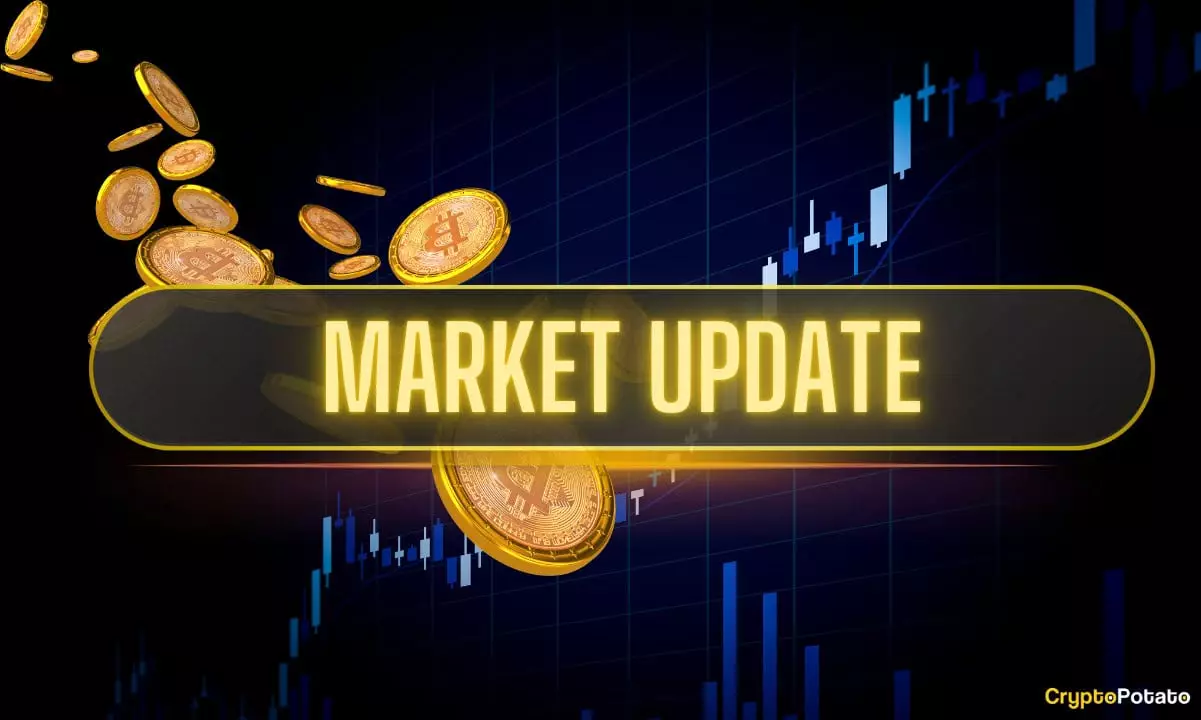The economy often mirrors the political climate, and this past week exemplified that intricate dance perfectly. As political drama unfolded at the highest echelons of American governance, it cast shadows over the already volatile cryptocurrency landscape. From unanticipated alliances to fierce rivalries unfolding on social media, the back-and-forth brewing between President Biden and prominent tech mogul Elon Musk has left many crypto enthusiasts feeling anxious. This was not merely another reality show; it was a situation laced with implications that could shift market dynamics for weeks, if not months.
Critics of this political spectacle often highlight how these power plays divert attention from pressing issues such as inflation, unemployment, and the myriad challenges the average American faces. Yet, rather than focusing on the advancements we should be making, we get dragged into the glorification of titans battling for influence. The monarchy of market development now increasingly seats itself in the court of Twitter, where the reality of economic health fades under the glitz of social media showmanship.
The Bitcoin Rollercoaster
As the political spectacle gained momentum, Bitcoin mirrored this unrest with its own oscillations. After a fleeting sense of stability at around the $104,000 mark—following serious resistance at $110,000—BTC began to falter as it struggled to surpass the $106,500 threshold. Once again, we witnessed the cruel, often capricious hand of the market teetering on the brink of significant corrections.
When the European Central Bank declared its eighth consecutive interest rate cut, lowering it to a two-year low of 2%, one might have expected Bitcoin to surge as traditional financial avenues tightened. Instead, Bitcoin reacted tepidly, experiencing immediate resistance that made many investors question the very fundamentals that have long been touted as the backbone of its value. It dipped to a multi-week low of $100,400—a stark reminder that the cryptocurrency is as much a product of political theater as it is a store of value.
What’s particularly alarming is that in such tumultuous times, market reactions are often more emotional than rational. Investors become wary, selling off assets based on fear rather than sound judgment. This chaos serves to remind us that extreme volatility remains the hallmark of the crypto realm, even when macro trends might suggest a different outcome.
Market Signals and Strategic Moves
Despite the prevailing atmosphere of discord, interesting trends are emerging beneath the surface. Over 22,500 Bitcoins shifted out of exchanges in a single day, a signal that many investors are increasingly leaning towards self-custody. This move implicitly conveys a loss of faith in centralized platforms amidst chaotic market movements fueled by non-stop political drama. Such a trend challenges the long-standing notion that trading volume correlates with price stability; rather, it hints at reduced selling pressure and a more conservative investor mentality.
Additionally, on-chain data continues to signal potential buying opportunities with the Bitcoin Hash Ribbons Indicator flashing ‘buy the dip’ alerts. This raises the eternal question about market sentiment: will Bitcoin’s seasoned investors remain steadfast in their commitment, or will fear win out?
In contrast to turbulent times, firms like Robinhood are seemingly undeterred, aggressively pursuing expansion in the crypto space with a substantial acquisition of Bitstamp for $200 million. This bold maneuver displays confidence in the future of cryptocurrencies, even as the immediate climate feels tumultuous. It’s this duality—opportunity amidst chaos—that Bitcoin and other cryptocurrencies inhabit today.
The Larger Implications
The overarching question looms: How long can the cryptocurrency market survive under such intense scrutiny and volatility? As major players exert their influence, the larger economic context in which Bitcoin operates continues to evolve. The duality of political maneuvering and market fluctuations brings forth a consistently unpredictable landscape.
Moreover, should we be concerned that market sentiment can sway so drastically based on a tweet or a public spat between powerful individuals? It underscores a glaring vulnerability in what is theoretically positioned as an alternative financial system—one that’s meant to escape the tremors of traditional markets.
What we witness is powerful proof that even in a decentralized cryptocurrency realm, the intense currents of politics can have profound impacts. As crypto enthusiasts watch the political stage’s drama unfold, they must grapple with the implications for their investments. In a world where tweets can send markets soaring or plummeting, the time is ripe for a critical reevaluation of strategy amidst the quagmire of power, profit, and unrelenting volatility.

